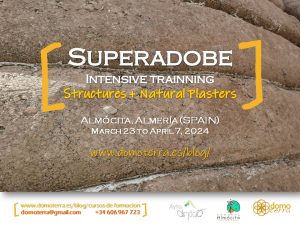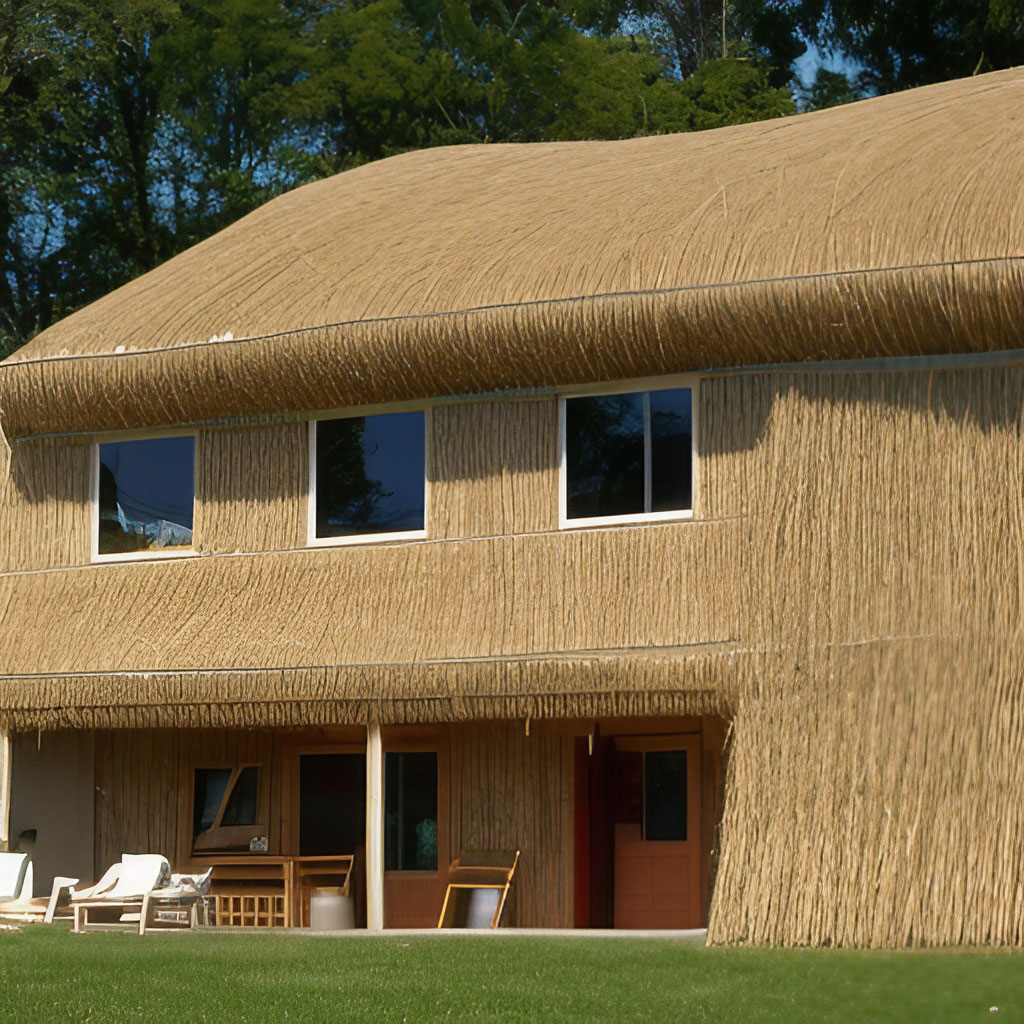


So what are straw bale, Kob, Erdsack and rammed earth buildings?
These four natural building techniques harness the power of nature to build sturdy homes that can withstand even the harshest weather conditions. Each of these construction methods has its own advantages and disadvantages. That’s why it’s important that you understand the pros and cons of each design before you choose the right one. Have you ever thought about building your house with a natural construction method? If not, maybe after reading this post you will be inspired to try something new!
straw bale
Straw bales are huge straw bales that are often used as animal feed in Germany. But they have many other uses too! For example, they can be used as inexpensive and environmentally friendly insulation material. Since the bales are made of pressed straw, they are very good at trapping heat. In fact, they have been shown to be just as effective as traditional fiberglass insulation. Straw bales are also often used in construction as they are great for filling large spaces. And because they are so light, they are easy to transport and manoeuvre. As you can see, straw bales have a lot of potential!
cob
Cob is an ancient building material made from clay, sand, straw and water. It is extremely durable and many brick buildings have survived for centuries. It’s also eco-friendly as it’s made from natural materials that would otherwise be thrown away. And since it’s non-toxic, it’s a safe material to build with. For all these reasons, paving stone is making a comeback as a popular building material. However, it also needs care and maintenance. Cob buildings should be inspected regularly for cracks or gaps that allow moisture to enter and cause damage. They should also be protected from extreme weather conditions such as strong winds or heavy rain. But with a little care, a brick home can last for centuries.
EARTHBAG / Superadobe
Earthbag / Superadobe is a super clay construction developed by Nader Khalili. Based on the principles of passive solar radiation, it uses soil-filled sacks to build strong, thermally efficient, and earthquake-resistant walls. Super-mud structures are typically erected on a concrete foundation, with soil-filled sacks layered around a wood or metal frame. The bags are then usually covered with stucco or some other type of plaster. Super-mud buildings can be designed to blend into their natural surroundings and are often used for eco-friendly or sustainable housing projects. Super adobe construction is a relatively inexpensive and easy way to build homes that are both durable and energy efficient.
rammed earth
Rammed lehm is a German word meaning “earth wall”. It is an adobe construction method that has been used for centuries and is growing in popularity again. Rammed earth walls are made from clay, straw and water – all natural materials that are readily available. The mixture is then applied to a wooden or metal frame. When the frame is full, let it dry for several days. The result is a strong, lightweight wall that has excellent thermal and acoustic properties. Rammed earth walls are also very easy to maintain and can last for hundreds of years with proper care.

All prices incl. VAT.
English